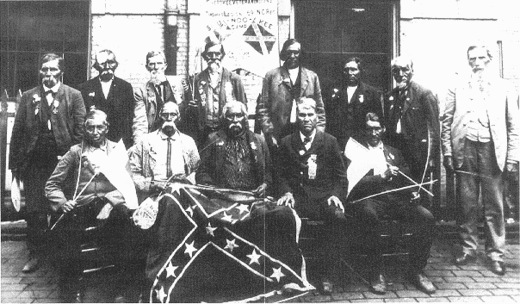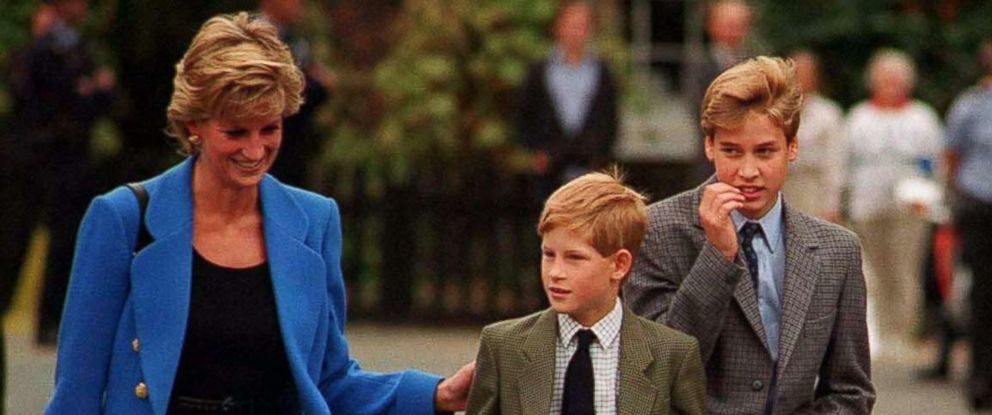OF THE
TIMES


In the middle of World War II, with the United States pressuring Britain to loosen its colonial grip on India, Winston Churchill issued a bitter prophecy. "Take India if that was what you want! Take it, by all means!" the British prime minister raged to a U.S. diplomat in Washington. But, he argued, only British rule kept the subcontinent's Hindus and Muslims from each other's throats: "I warn you that if I open the door a crack, there will be the greatest bloodbath in all history; yes, bloodbath in all history."
"Lincoln is theology, not historiology. He is a faith, he is a church, he is a religion, and he has his own priests and acolytes, most of whom . . . are passionately opposed to anybody telling the truth about him . . . with rare exceptions, you can't believe what any major Lincoln scholar tells you about Abraham Lincoln and race."The author of the above quotation, Lerone Bennett, Jr., was the executive editor of Ebony magazine for several decades, beginning in 1958. He is a distinguished African-American author of numerous books, including a biography of Martin Luther King, Jr. He spent twenty years researching and writing his book, Forced into Glory: Abraham Lincoln's White Dream, from which he drew the above conclusion about the so-called Lincoln scholars and how they have lied about Lincoln for generations. For obvious reasons, Mr. Bennett is incensed over how so many lies have been told about Lincoln and race.
-Lerone Bennett, Jr., Forced into Glory, p. 114
Comment: Details of the hypothesis can be found in:
Plimpton 322 is Babylonian exact sexagesimal trigonometry, Historia Mathematica, 2017